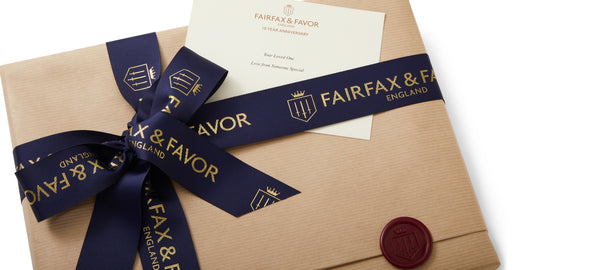Chapter 1
A Thought, Then a Sketch
Before it ever turned heads at Cheltenham or strode across the fields of Burghley, the Regina began as a quiet idea. The concept was clear: a boot with purpose and poise, one you could wear for a morning in the city, a long country walk, or a summer race day, and never feel out of place.
The ambition was simple yet exacting: to capture the elegance of equestrian heritage and translate it into something relevant beyond the stable yard. It needed to be practical without feeling plain, refined without being fragile, and capable of outlasting fleeting fashions. From that single idea, a design began to emerge - one that would go on to shape not just a product, but a brand icon.
Chapter 2
From Shape to Substance
The starting point was the silhouette: clean, sculpted, and uninterrupted. It was here the Regina first stood apart. Where other boots might be cut in multiple pieces to ease production, the Regina insisted on a single-piece vamp, formed through the meticulous process of blocking, using heat, pressure, and precision moulds to shape the leather into its distinctive curve. Few factories have the skill to achieve it, and fewer still with such consistency.
Every Regina begins with the finest materials: premium Italian leathers and suedes selected for strength, texture, and colour uniformity. The placement of each pattern is guided by a craftsperson’s trained eye rather than a machine’s calculation, ensuring each panel draws from the best of the hide. From the first cut to the final stitch, the focus is on balance, proportion, and a certain restraint, letting form and material speak for themselves.
Chapter 3
The Craft of Continuity
In the hills of Portugal, where shoemaking is more vocation than trade, the Regina takes shape. Here, small family-run factories keep alive methods that have been passed down through generations, each step guided as much by instinct as by training.
Every pair passes through over 100 skilled hands. The upper is shaped and attached to the last by hand before the sole is carefully stitched, not merely glued, to provide both strength and flexibility. The custom sole blends leather with a rubber insert for grip and comfort, designed exclusively for Fairfax & Favor.
The finishing process demands patience. Particularly with suede, glue marks are carefully lifted, and texture is restored with specialist brushes before sealing. Each stage is repeated until the boot feels as good as it looks. No Regina leaves the workshop until it has met the quiet, uncompromising standard of those who made it.
Chapter 4
The Details That Matter
Beyond the silhouette and structure, the Regina carries subtle details that have become its hallmarks. Inside is a lining in bold bespoke orange, a shade created exclusively for Fairfax & Favor and absent from any standard palette. It is an understated signature, known best by the wearer, a quiet symbol of identity and craftsmanship.
Then there is the tassel. At first a decorative flourish, it quickly became something more. Customers began collecting them, swapping colours, and matching them to their outfits. The tassel evolved into a form of self-expression, a detail small in scale, but rich in personality. Together, these elements elevate the Regina from a well-made boot to an unmistakable icon.
Chapter 5
A Fit That Belongs to You
From its earliest design, the Regina was made to be inclusive in fit as well as style. Today, it is available in multiple calf widths and three heel heights, ensuring that the same elegant shape is accessible to a variety of sizes and preferences.
From the Sporting boot to the refined High-Heeled, the versatile Petite, and the tailored Narrow Fit, the range reflects the diversity of those who wear it. The palette has expanded over the years, offering an array of colours to suit every wardrobe and season. Yet across every version, the hallmarks remain: the sculpted line, the considered proportions, and the feel of a boot designed to belong to its wearer from the first step.
Chapter 6
Evolving With Intention
The Regina’s journey has been one of refinement rather than reinvention. It has adapted to new needs, tastes, and styles, but always with purpose, never simply to follow fashion. Over 150,000 pairs have now found their place in wardrobes across the world, a testament to its enduring appeal and the trust it inspires.
What makes the Regina truly iconic for Fairfax & Favor is not just its popularity, but the values it embodies: quality without compromise, design without excess, and craft that honours tradition while serving the present. It is more than a best-seller, it is the boot that helped define the brand, and it continues to set the standard for everything that follows.















































